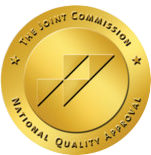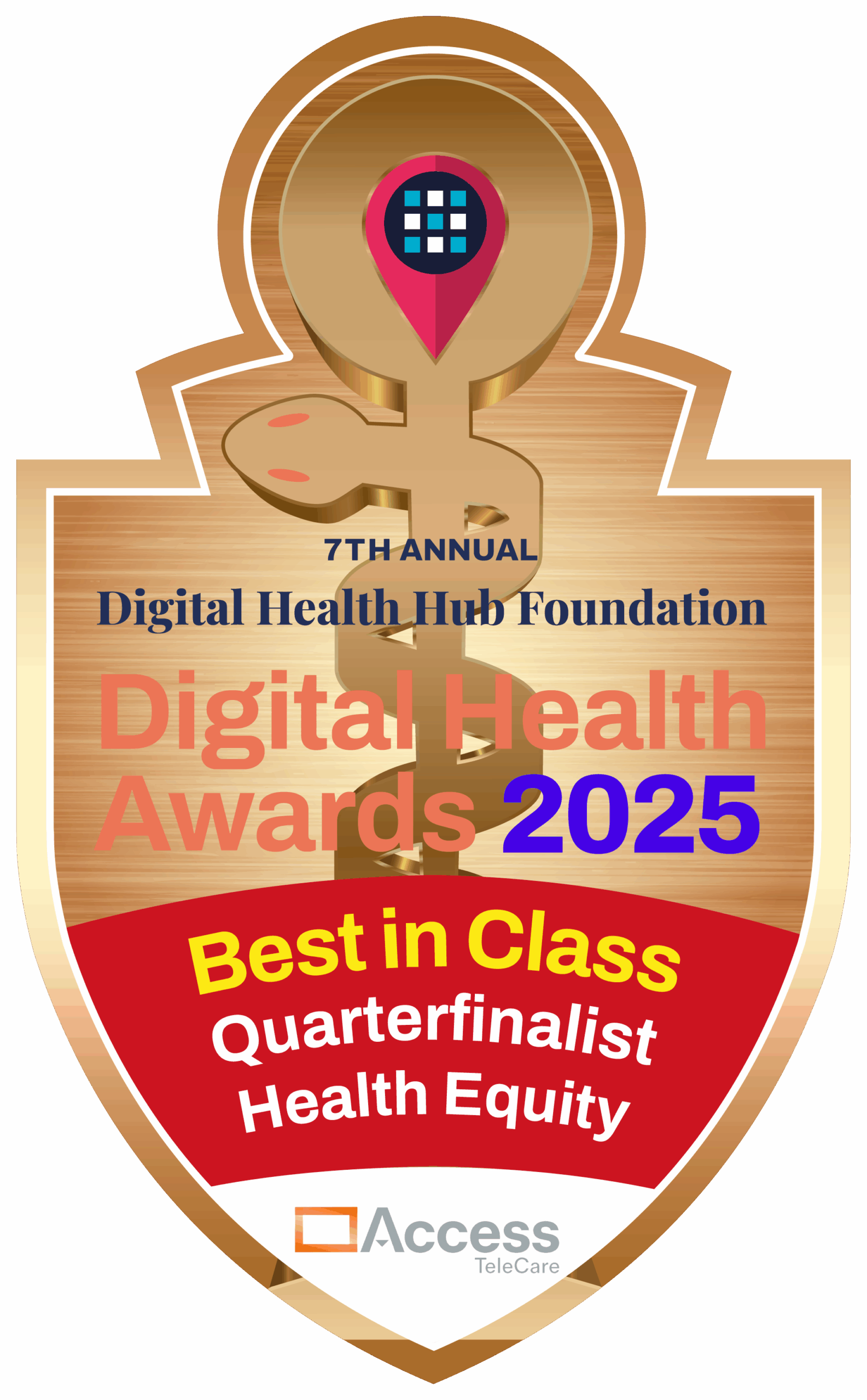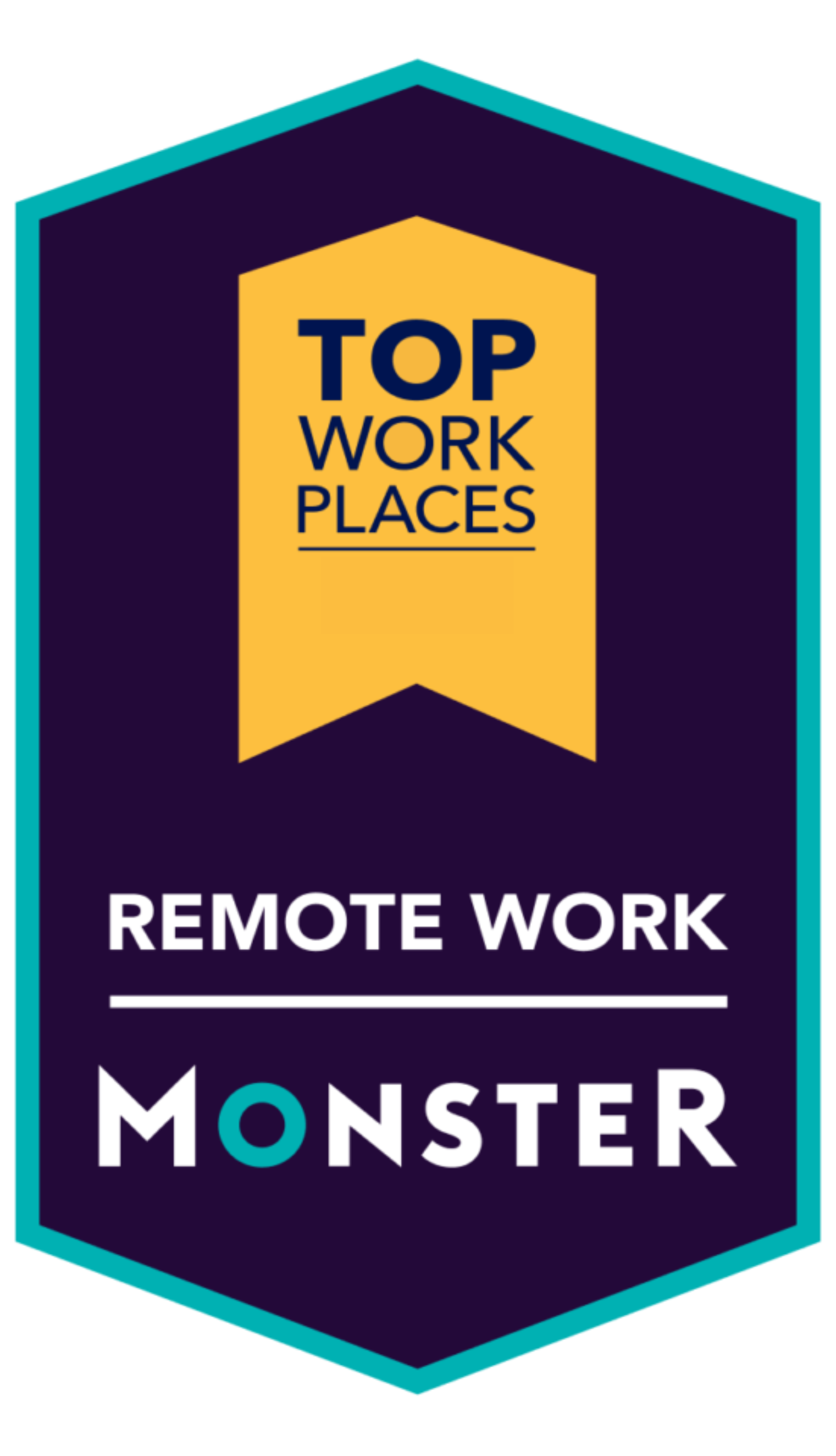By Dr. Mohamed Abdel Rahim, Manager of Clinical Training and Education
In August 2020, four University of Toronto physicians published a scoping review of telemedicine training, covering 43 different curricula across 11 countries, and encompassing every method available, from lectures and hands-on experience, to online modules and directed reading. Published in the journal Medical Teacher, the authors reached a predictable conclusion: “The ideal curriculum for educating physicians to practice in this emerging field has not been established.”
When I joined Access TeleCare two years ago, I already had a good sense of what the four Toronto researchers concluded: that there is no ideal telemedicine curriculum—yet. Meanwhile, my international experience, having trained in the UK and in the Middle East, has done more than inform my teaching: it has shown me that while there are many ways of doing things, there are also certain universals in medical practice. Together with an outstanding leadership team at Access TeleCare, we have worked to develop an acute telemedicine training curriculum which has played a crucial role in helping to meet the needs of this moment.
Translating Clinical Skills to Remote Work
It is a time of unprecedented growth for telemedicine. We are on the cusp of a transformative period in American healthcare delivery, and thus the need for effective, responsive telemedicine training is greater than ever. Telemedicine is rapidly being introduced to our medical schools and residency programs, but we also need to teach thousands of mid-career clinicians how to transition the skills they’ve accumulated practicing medicine in person to a new era of virtual care.
That’s an exciting opportunity. Nothing I can write here will fully explain the evolving process of incorporating disparate geographies, practice environments, quality programs, and more into how we are developing curricula at Access TeleCare. Still, I think we are ahead of the curve nationally, incorporating feedback loops from partners and clinicians around the country into a program that is continually improving.
The components of a telemedicine training program
The components of a strong telemedicine training program focus on helping clinicians translate their clinical skills, adapt their communication style, incorporate technology into their natural flow, and deliver a rich, personal patient experience in a remote environment.
Tele-Presence in the clinical setting
Camera etiquette, or Tele-Presence, has taken center stage during the pandemic. There may be some flexibility in other work environments, but in the clinical setting there are other considerations.
In telemedicine the camera is always on. Clinicians set up their workstations taking into consideration lighting, background, and camera positioning, accounting for the 24-hour nature of the job.
Privacy is a major consideration in telemedicine, both real and perceived. In a doctor’s office or hospital room, patients get a sense of security when speaking with their doctors in the privacy of a closed room or curtain. In telemedicine, the challenge is to recreate that sense of security even when the patient sees the clinicians in an unfamiliar location.
Telemedicine also helps enable clinician efficiency, as the technology enables a wealth of information on their monitors. But this can negatively impact patient engagement. In a doctor’s office or a hospital, a patient receives the clinician’s undivided attention. Without the right coaching, a telemedicine clinician could appear distracted and un-engaged.
Rethinking clinical practice for a remote environment
Many clinicians have been taught an approach to physical examination which presumes being there with the patient, in person. But when it comes to telemedicine, they must rethink how to apply that training.
The universal process of examining a physical body system through inspection, palpation, percussion, and auscultation is different in a virtual setting.
While technological advances from high powered cameras and electronic stethoscopes enable inspection and auscultation, clinicians have to adapt subtle changes such as viewing the patient head on and relying on a bedside operator to assist in completing the examination.
Our program works with specialists in Neurology, Cardiology, Internal Medicine and others—to rethink how they can best translate their clinical skills to virtual care.
New methods of communication
In some ways, communication and documentation are the heart of effective telemedicine training.
At the bedside, clinicians communicate directly to the patient during the evaluation and perform different tasks to elicit clinical examination findings.
In a virtual setting, clinicians need to vocalize every step of the evaluation. This is further complicated by adding a new channel of communication to the bedside operator, who needs guidance to elicit clinical findings required by the clinician.
Adapting clinical practice to different technology platforms
At the bedside, a clinician’s approach is not dictated by patient location but rather the clinical presentation and context. We take a similar approach to our training.
Since Access TeleCare’s Telemed IQ telemedicine platform is hardware agnostic, it is leveraged across many practice environments and specialties, and connects to a variety of hardware. We design our programs to focus on the mission and deliverables, and train to a workflow that fits into the provider’s natural flow, requiring minimal adjustments and variances to deliver patient care.
Bridging a gap
Ultimately, a quality telemedicine training curriculum isn’t really about teaching doctors new skills. It’s about teaching doctors how to augment the skills they already have to reach an accurate assessment and formulate an effective management plan, all while delivering a seamless patient experience.
It’s about bridging a gap: between the bedside and the virtual medicine world, and between a pre-COVID-19 era, where telemedicine was not as widely practiced, and a post-COVID society in which telemedicine is a central tool in care delivery in nearly every setting.
***
If you would like to learn more about our overall implementation process, which includes clinician training and mock consults, please read Critical Success Factors for Implementation of Telemedicine.









